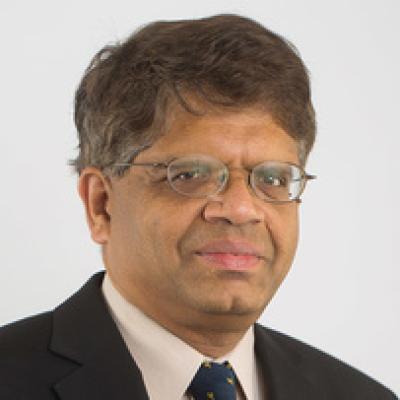Workshop Starts + Welcome Address
Keynote: Cloud above the clouds
Currently, a mere 20% of data processing and analysis occurs locally, with a dominant 80% centralized in data centers. However, this paradigm is shifting. Predictions indicate that within five years, edge computing will handle the majority of data processing and analytics. This trend is driven by the escalating demand for real-time data access and the need to manage the burgeoning data volumes generated at the network's edge, exemplified by Earth Observation Services. Integrating edge computing into space platforms brings processing closer to data generation, significantly reducing communication bottlenecks and accelerating data analysis. This approach alleviates the data load transmitted to Earth, enabling faster decision-making and response times. Extending this concept, space edge computing can evolve into a robust space cloud infrastructure, facilitated by high-speed interconnectivity and distributed computing frameworks. This platform would offer in-space computing resources and services, fostering flexible data sharing and task distribution. Beyond basic edge computing, it could support complex data analysis and storage, providing large-scale computing services that complement terrestrial cloud infrastructure. This presentation will delve into the concepts of space edge and cloud computing, exploring the inherent challenges and the transformative opportunities they present.
Technical Session 1: LEO Internet for All
☕ Coffee Break
Technical Session 2: Improving Internet-from-Space
Technical Session 3: Performance Characterization & Measurements
🍲 Lunch
Technical Session 4: Experimentation & Monitoring Platforms
Panel Discussion: Sustainability in the `Internet-over-Space' Race
☕ Coffee Break
Keynote: Towards A Scalable and Resilient Satellite Internet
Low-Earth orbit (LEO) broadband satellite constellations are rapidly extending the boundaries of the Internet. However, unlike traditional terrestrial infrastructures, satellite Internet operates under the highly dynamic and unstable conditions of outer space. On the one hand, the continuous high-speed movement of LEO satellites relative to the Earth's surface results in a constantly changing network topology. On the other hand, frequent node and link failures in the harsh space environment further challenge the availability, stability, and reliability of such networks.
In this talk, I will first discuss how the unique characteristics of LEO satellite networks reshape the Internet architecture and protocol stack when extended into space. I will then present our recent efforts in developing resilient and scalable satellite Internet protocols, covering topics such as topology design, routing, transport, applications, and experimental methodologies. Moreover, I will also share our efforts in satellite network standardization and education. Finally, I will outline several future directions that we believe are critical for building an open, stable, and secure global satellite Internet.




